Glass bottles are the main packaging containers for cosmetic, food, medicine, and chemical industries. They have good chemical stability; are easy to seal, have good air tightness, good storage performance; smooth surface, are easy to disinfect and sterilize; beautiful appearance, and colorful decoration; have a certain mechanical strength, and can withstand the pressure in the bottle and the transportation process The advantages of external force and so on. So, do you know how glass bottles are made?
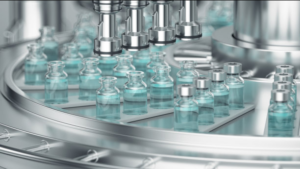
The glass bottle production process mainly includes:
1. Raw material preprocessing.
The bulk raw materials (quartz sand, Soda ash, limestone, feldspar, etc.) are crushed, the raw materials are dried, and the iron-containing raw materials are subjected to iron removal treatment to ensure the quality of the glass.

2. Ingredients,
According to the designed bill of materials, all kinds of raw materials are weighed and mixed evenly in a mixer, and the raw materials are added to the feeder through the conveyor belt to prepare for melting.

3. Melting.
The glass batch is heated at a high temperature of 1600 degrees in a pool kiln or pool furnace to form a uniform, bubble-free glass liquid that meets the molding requirements.
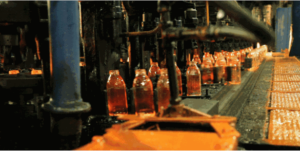
4. Forming.
The molten glass is transformed into a solid glass product of the required shape. The forming must be carried out within a certain temperature range. This is a cooling process. The glass is first transformed from a viscous liquid state to a plastic state, and then into a brittle solid state. Forming methods can be divided into two categories: artificial forming and mechanical forming. For detailed information, please click the link to view: How to understand forming process of the Glass bottle.

5. Annealing
Push the bottle machine to advance the annealing furnace, heat it steadily to 550-580 degrees, keep it warm for 20 minutes, slowly cool down to 430 degrees, and then quickly cool it out of the furnace. The annealing time is generally about 1.5 hours.

Noted: If cooled directly, it is likely to rupture on its own during cooling or later during storage, transportation, and use. In order to eliminate the phenomenon of cold explosion, glass products must be annealed after forming. Annealing is to keep the temperature in a certain temperature range or cool down slowly for a period of time to eliminate or reduce the thermal stress in the glass to the allowable value. (Thermal stress: Glass is subjected to drastic temperature and shape changes during forming. This change leaves thermal stress in the glass that reduces the strength and thermal stability of the glass product.)

6. Inspection:
Light inspection full inspection – packaging – sampling inspection – warehouse entry
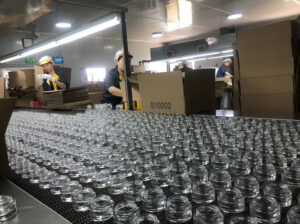
As a packaging material, glass bottles are mainly used for food, oil, alcohol, beverages, condiments, cosmetics, perfume,liquid chemical products, etc., and are widely used. Glass bottles are highly transparent and corrosion-resistant, and will not change material properties in contact with most chemicals. Its manufacturing process is simple, free, changeable in shape, high in hardness, heat-resistant, clean, easy to clean, and can be used repeatedly.
Shengwei Glass is the second enterprise in China to use an electric melting furnace for the production of cosmetic glass bottles. Under this leadership, the use of electric melting furnaces in the cosmetic glass bottle manufacturing industry is increasing. At present, Shengwei Glass mainly focuses on single-drop models, which has great advantages for stable product production, stable functional dimensions, and control of the bottle body Huff line. If you have any needs or questions about cosmetic glass bottles, please feel free to contact us.
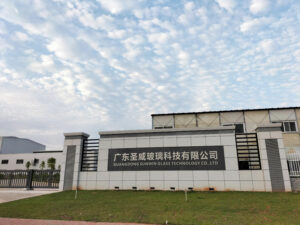

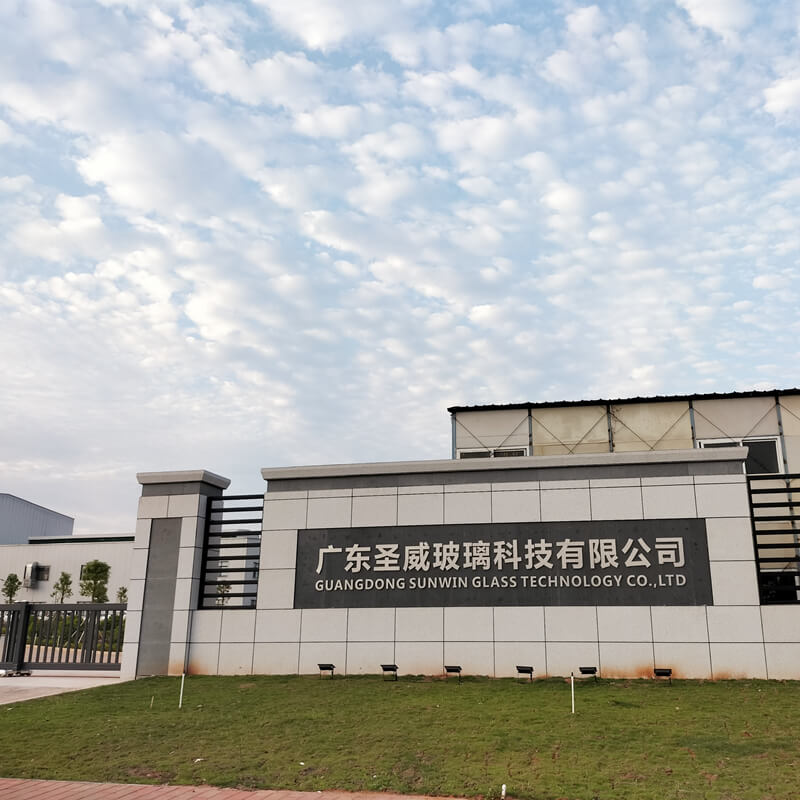
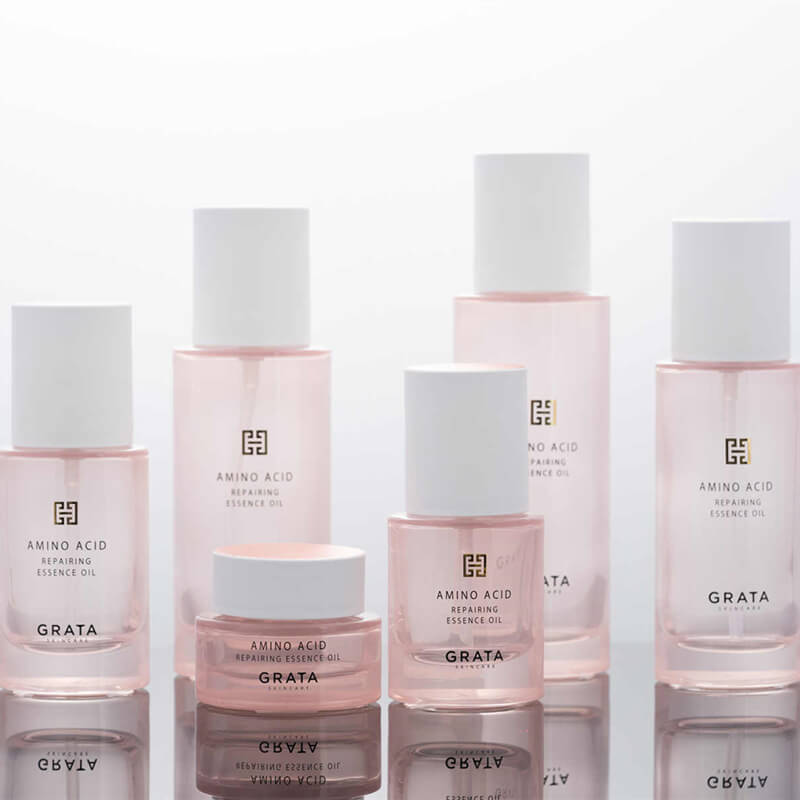
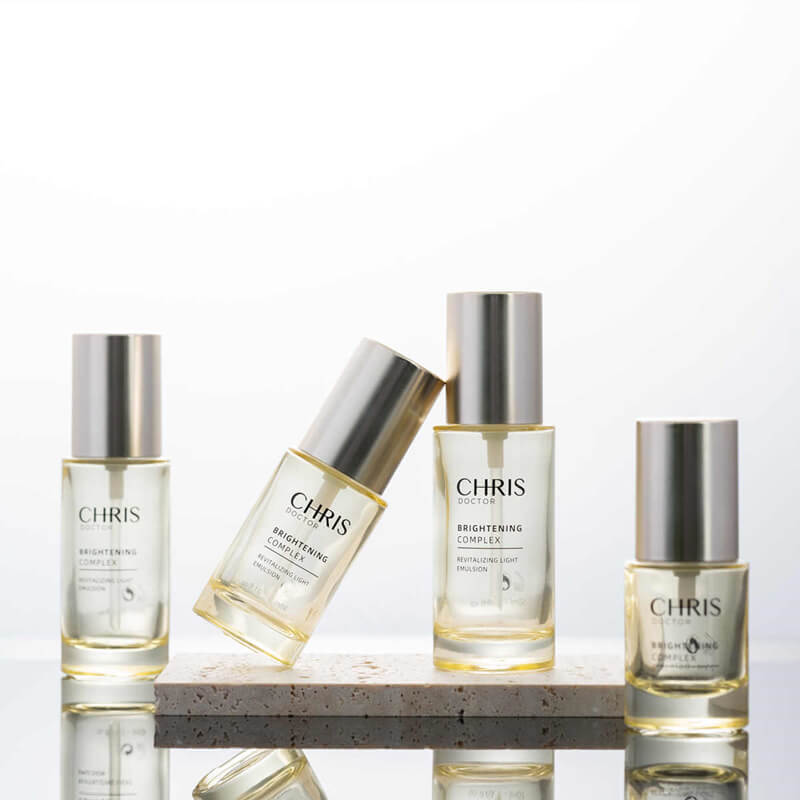
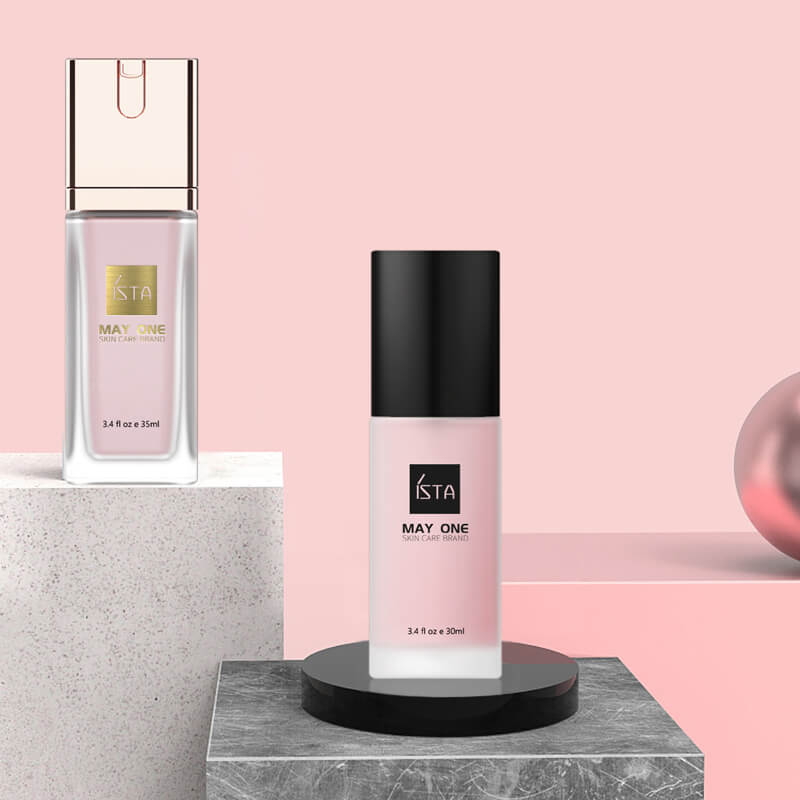



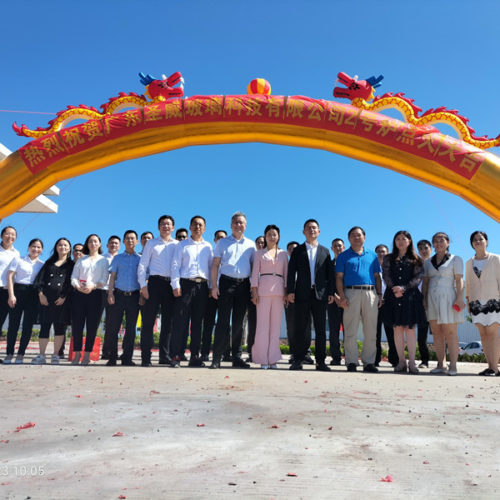
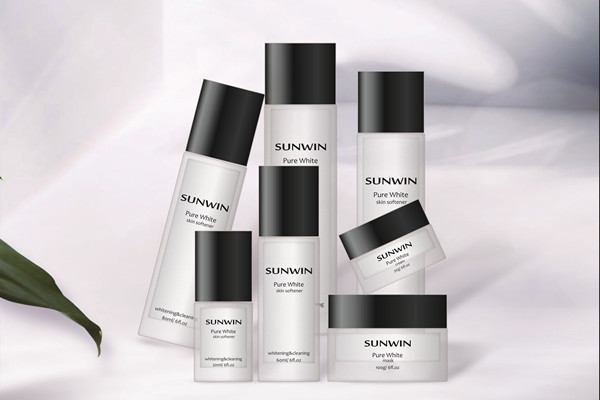


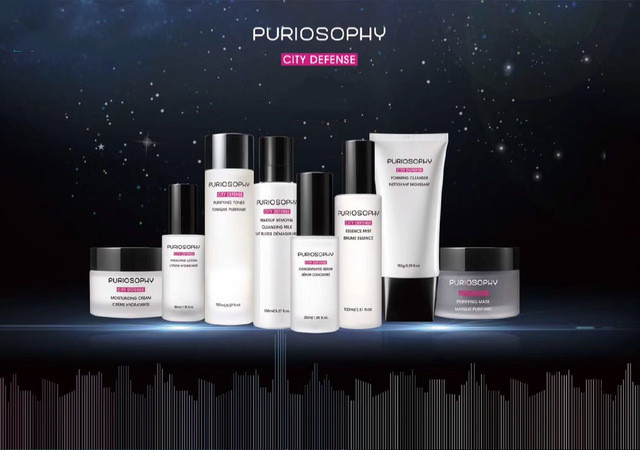
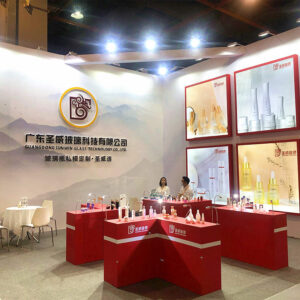
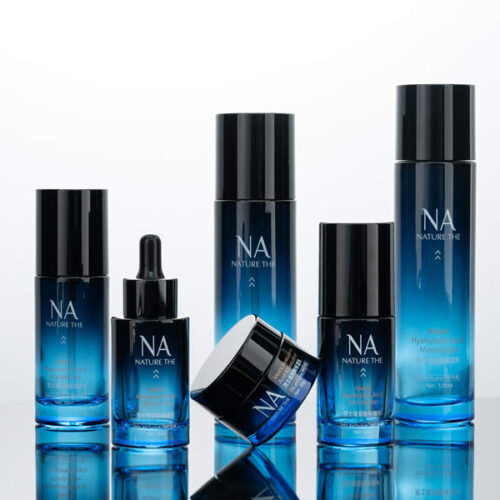
Heya i am for the first time here. I came across this board and I in finding
It truly helpful & it helped me out a lot. I hope to offer one thing back and help others like you helped me.